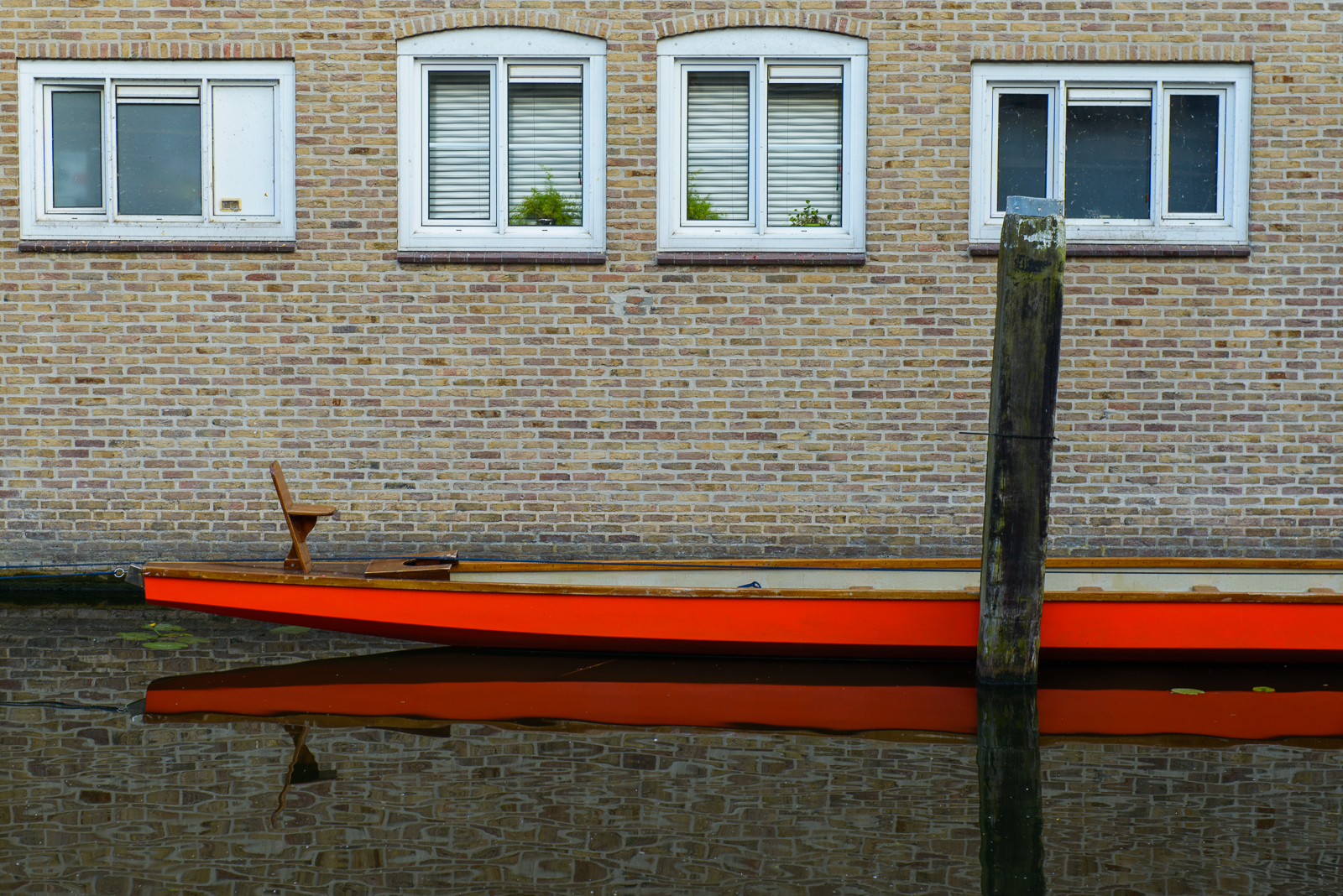A while ago the Lightroom 5 has been released by Adobe. Since it is my application of choice for my photography workflow I wanted to test the new version. It contains quite some nice features that would make the post-processing even more efficient and better, just to mention the most important to me:
- True healing brush (not only spot removal tool),
- Circular mask,
- Image skew correction tool
With the new versions of any software product one needs to be a bit cautious: it might not be the best software the developers were intend to deliver. That is why we have "minor" version upgrades over time of almost each software package nowadays.
So I downloaded the trial and started playing with it. Actually, since it was time of my family portrait assignment, I decided to use the new version for postprocessing them.
Unfortunately, Lightroom 5 does not deliver a quality I got used to it with this product. There is an obvious regression at two areas: stability and performance.
With Lightroom 5 I experienced crashing of the application during regular activities: something I have never seen in previous versions (Lightroom 3 and Lightroom 4). Luckily the results of my work were never lost, but it slowed down the processing a lot.
Then the performance: using spot removal tool or healing brush tool was practically impossible in my hardware configuration. I was unable to move the brush smoothly over the photo, effects of applying the brush were visible on the photo only after several seconds after the movement - really not workable scenario.
I admit, my hardware (Windows 7 64-bit, quad core i5 processor with 6MB RAM) and photos that I take (36 MPixels) are challenging for efficient processing, but Lightroom 4 is a lot faster and more stable than the new product of Adobe!
So I decided not to purchase the newest version. I'll wait till they address performance issues. Final note: I am not alone having such experience, check out this blog.
- True healing brush (not only spot removal tool),
- Circular mask,
- Image skew correction tool
With the new versions of any software product one needs to be a bit cautious: it might not be the best software the developers were intend to deliver. That is why we have "minor" version upgrades over time of almost each software package nowadays.
So I downloaded the trial and started playing with it. Actually, since it was time of my family portrait assignment, I decided to use the new version for postprocessing them.
Unfortunately, Lightroom 5 does not deliver a quality I got used to it with this product. There is an obvious regression at two areas: stability and performance.
With Lightroom 5 I experienced crashing of the application during regular activities: something I have never seen in previous versions (Lightroom 3 and Lightroom 4). Luckily the results of my work were never lost, but it slowed down the processing a lot.
Then the performance: using spot removal tool or healing brush tool was practically impossible in my hardware configuration. I was unable to move the brush smoothly over the photo, effects of applying the brush were visible on the photo only after several seconds after the movement - really not workable scenario.
I admit, my hardware (Windows 7 64-bit, quad core i5 processor with 6MB RAM) and photos that I take (36 MPixels) are challenging for efficient processing, but Lightroom 4 is a lot faster and more stable than the new product of Adobe!
So I decided not to purchase the newest version. I'll wait till they address performance issues. Final note: I am not alone having such experience, check out this blog.




